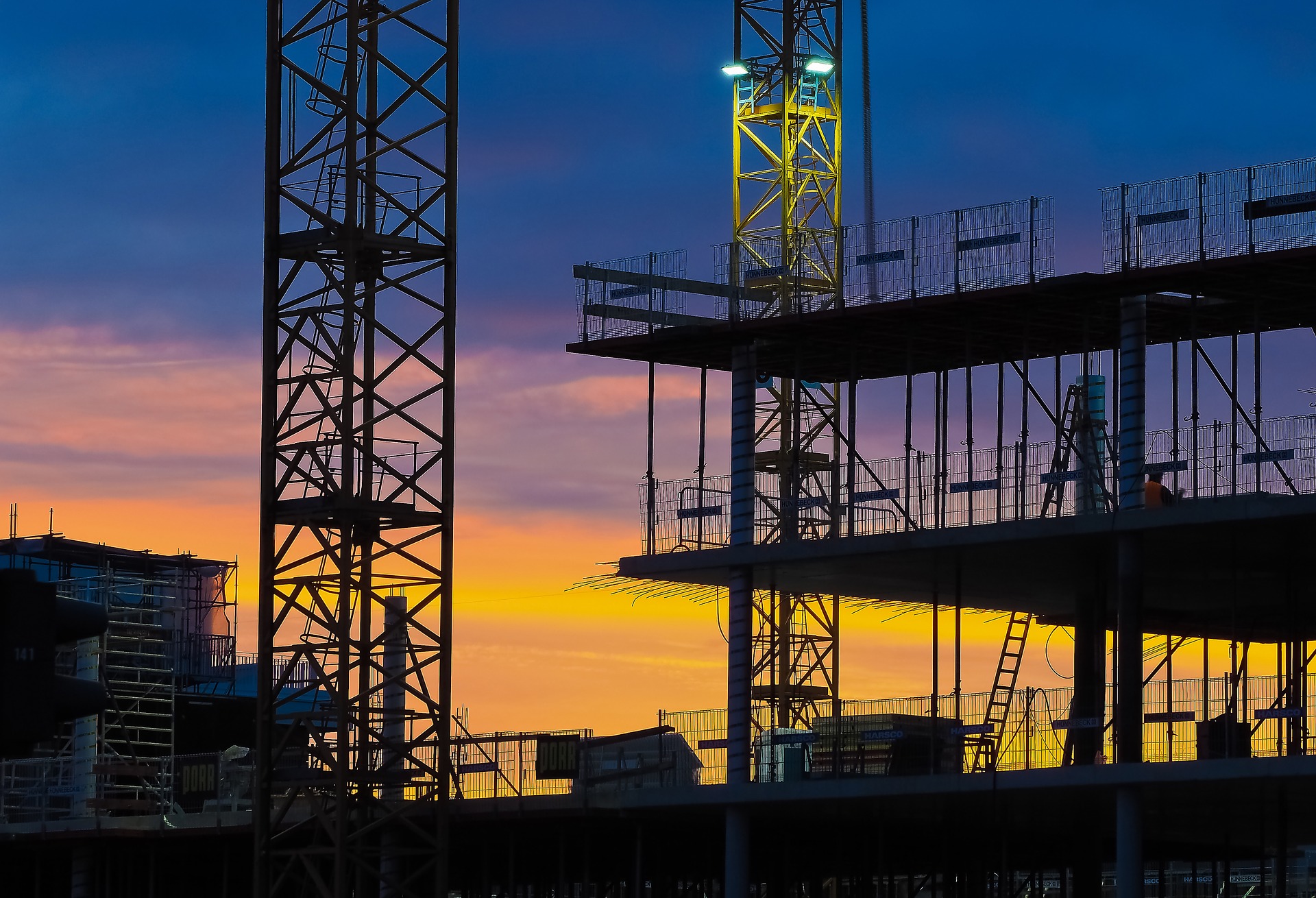Working to reduce carbon emissions, this GW4 community has the long-term vision to change the way that all structures are designed and operate within the built environment. Dr John Orr, University of Bath, explains how colleagues from across the Universities of Bristol, Cardiff and Exeter are addressing this issue.
WHAT PROBLEM ARE YOU TRYING TO ADDRESS?
All buildings use materials and energy to perform their functions. The built environment accounts for 50% of global carbon emissions. Meeting our global challenge of reducing carbon emissions requires dramatic reductions in the whole life energy cost of buildings, whilst keeping them fit for purpose.
We want to use this GW4 funded project to accelerate a shift in design culture, so that the optimisation of whole life performance of buildings becomes the main design and operation driver across the architecture, civil engineering, and construction industries.
HOW CAN THIS BE ACHIEVED?
A decarbonised built environment will be founded on several challenges. Whilst these are interlinked challenges, research to date has typically considered them in isolation.
Our work has the vision that by 2050 every new structure will be designed and measured in terms of whole life cost – consuming minimal energy during construction and operation.
Measuring performance is the only way to know how successful (or not) a design is. Yet this simple process is not routinely undertaken by civil engineers, structural engineers, or building physicists. Our reliance on predictions made prior to construction is too strong, we must also measure real performance to understand how to improve design.
Our aim is that every new structure will act as a prototype for the next. By using holistic modelling, simulation and analysis this will develop a network of design iteration. This will help support a decision-making process based on multi-objectives such as whole life cost, energy consumption, safety, health and comfort. Harnessed correctly, this will enable performance based design in the built environment.
HOW HAS BEING PART OF GW4 BENEFITED YOUR RESEARCH COMMUNITY?
GW4 funding has allowed us to pool resources and knowledge including a research manager and post-doctoral staff. We’ve been able to bring together people from different disciplines such as structural engineering, building physics, architecture, material science, who otherwise would not have met. Our project has been supported by a post-doctoral research associate, who has been working with colleagues in all four universities.
Our community has undertaken a number of workshops with industrial engagement, and we have a community of more than 50 research partners including Atkins, BRE, Met Office and Arup.
PLANS FOR THE FUTURE?
Our community has a 2050 vision, which we aim to realise through externally funded research. Our first step is a five year research project and we are currently preparing bids for Research Councils UK funding to support long term research in this area.
PARTNERS
Expedition Engineering |
WSP |
Momentum |
Parsons Brinkerhoff |
Tony Gee |
Atkins |
Feilden Clegg Bradley |
LUSAS |
OPS Structures |
Opus International |
Met Office |
BRE |
Vaisala |
Base Structures |
Arup |
Obvis |
AKTII |
Buro Happold |
Fosters & Partners |






